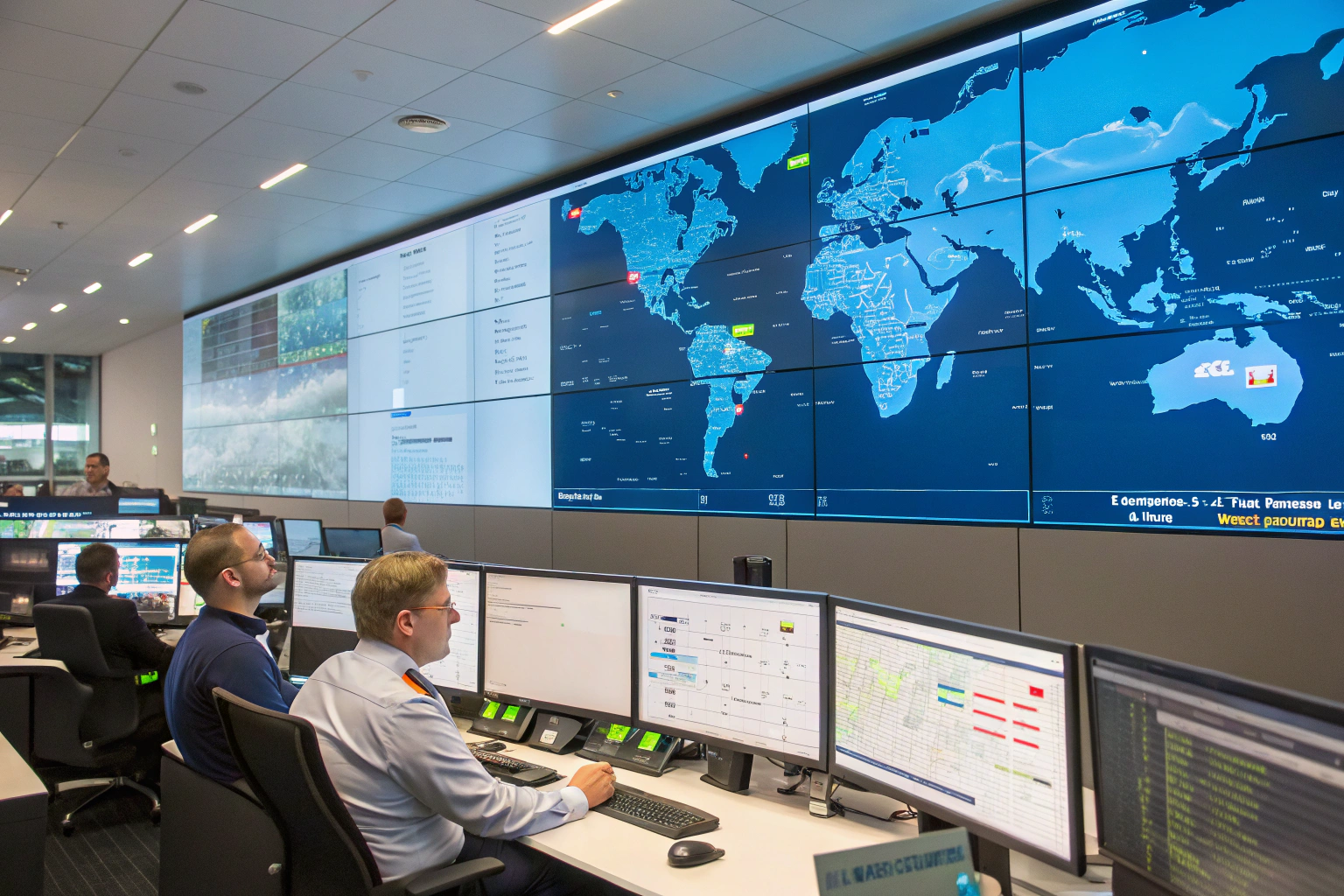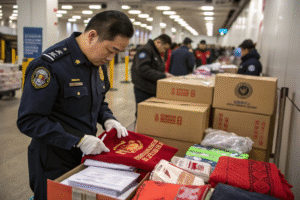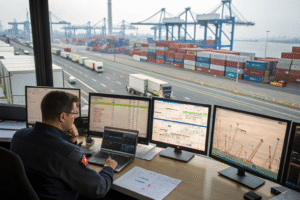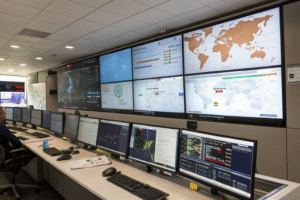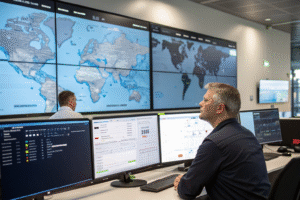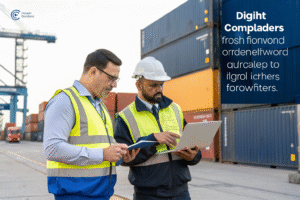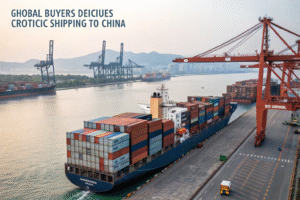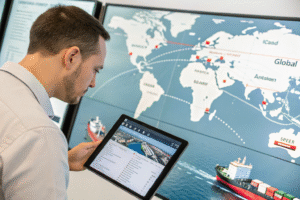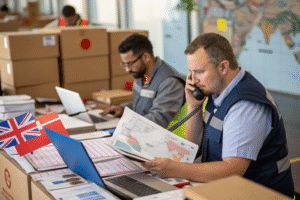E-commerce is growing faster than ever, and so are the expectations for global logistics. But many importers still struggle with delays, miscommunication, or unexpected costs—especially when shipping from Asia to the U.S. This is where freight forwarding technology is evolving at lightning speed. It’s not just about moving containers anymore. It's about visibility, automation, and precision.
Today, I’ll walk you through the latest digital trends reshaping our industry. As the founder of GeeseCargo, I’ve seen firsthand how modern tools—from AI to blockchain—help my clients like Ron in the U.S. track shipments, reduce errors, and boost profits.
Technology is no longer optional. Small and mid-sized companies shipping from China to the U.S. can’t afford to guess transit times or face sudden cost spikes. Let me explain how embracing digital freight forwarding tools gives you the competitive edge you need.
What is digital freight forwarding and how does it work?
E-commerce and international trade have changed how we think about shipping. Just like online marketplaces transformed retail, technology is now transforming freight forwarding. But what does "digital freight forwarding" actually mean?
Digital freight forwarding means using modern software tools to quote, book, track, and manage global shipments in real-time. These platforms give businesses instant access to routes, rates, documents, and cargo status—all in one place.
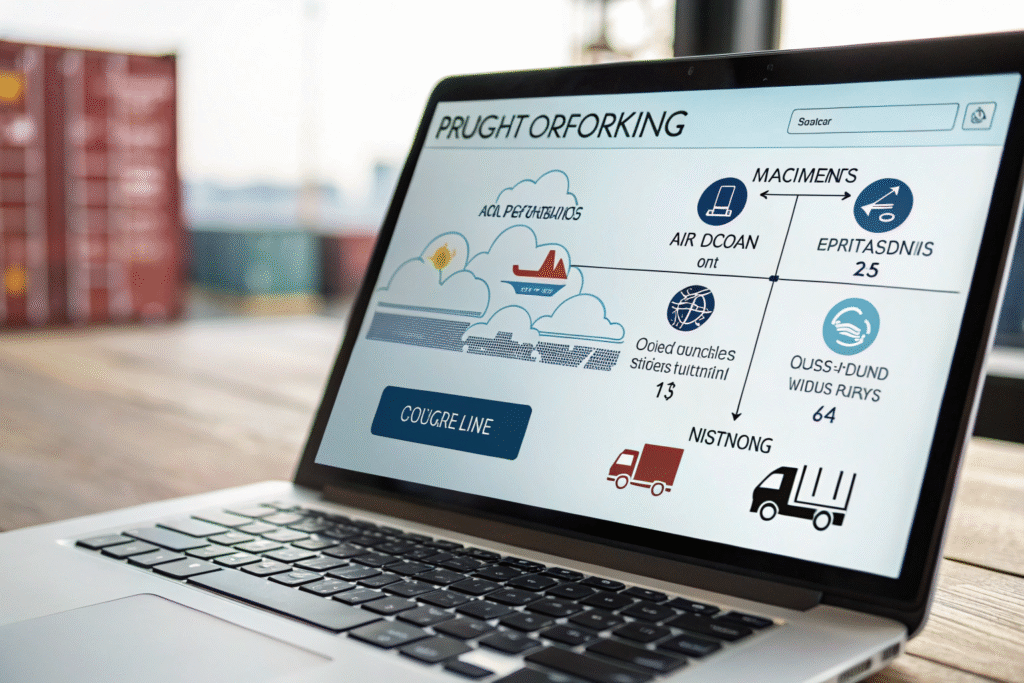
How does digital freight forwarding benefit e-commerce?
Many e-commerce companies source directly from factories in China. A digital freight platform lets them manage quotes, generate shipping labels, and track delivery milestones without back-and-forth email threads. This is especially valuable when peak seasons hit and you need real-time updates.
What tools are used in digital freight forwarding?
From cloud-based management systems to AI-powered pricing engines, digital tools support almost every step of the logistics chain. At GeeseCargo, we use digital bill of lading systems, live GPS updates for sea freight, and integration with customs systems in both China and the U.S.
What technologies are shaping freight forwarding?
From our experience with large U.S. importers, the most successful operations are using a blend of four main technologies. Each plays a key role in reducing risk and boosting shipping reliability.
Today’s forwarding leaders are using AI, IoT, blockchain, and cloud platforms to automate processes, secure data, and create faster, cheaper, and more reliable delivery chains.
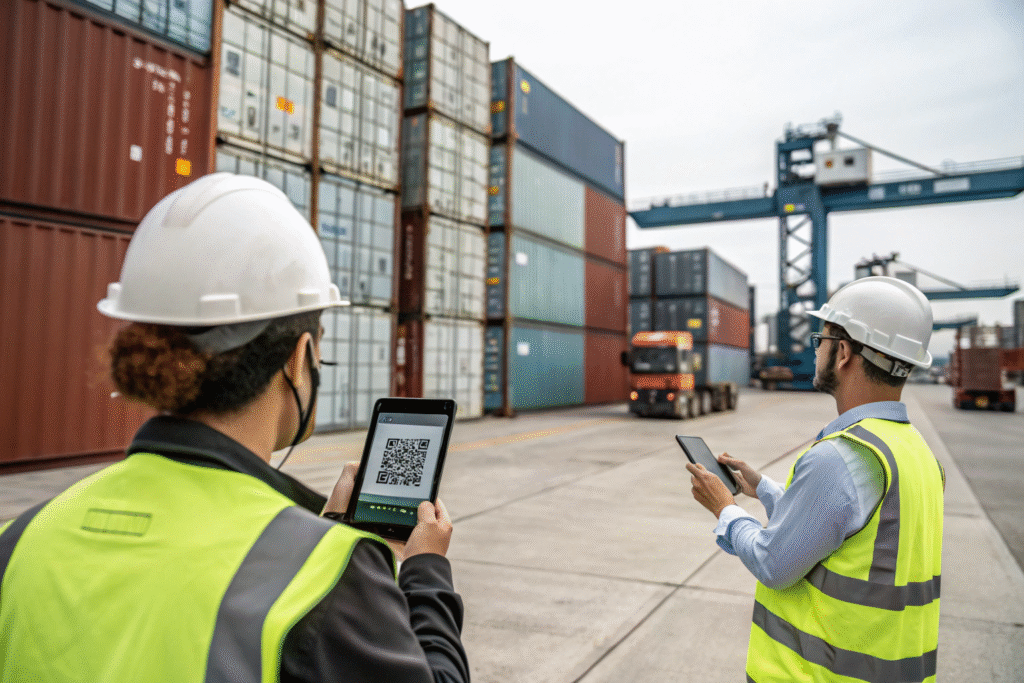
How does AI improve freight planning?
AI algorithms predict transit delays by analyzing weather data, port congestion, and historical performance. For example, before booking a shipment from Ningbo to Long Beach, our system can suggest alternate sailing dates if it detects likely port bottlenecks.
What is the role of IoT in cargo visibility?
IoT (Internet of Things) devices—like GPS trackers or temperature sensors—can be placed directly on containers. This helps e-commerce sellers ensure goods are safe and moving as expected. Real-time alerts also reduce the risk of product damage or misrouting.
How does tech reduce freight costs and errors?
Cost is always a top concern for our clients. Many importers pay more than necessary due to inefficient planning, human error, or missed filing deadlines. Tech solutions help prevent that.
With smart software tools, we can avoid duplicate bookings, flag incorrect documents, optimize container usage, and recommend better route combinations—saving both time and money.

How does automation help cut costs?
Automation handles tasks like customs documentation, HS code validation, and invoice generation. This reduces the need for multiple staff and avoids costly compliance issues. Our platform at GeeseCargo automatically audits all documentation before export clearance.
Can digital tools optimize container load?
Yes. Container load planning software uses 3D simulations to arrange items more efficiently. This is especially useful for small business clients who ship many SKUs. We often help reduce LCL shipments by 10–15% using optimized container loading.
What does the future of freight tech look like?
The freight forwarding industry has moved from pen-and-paper to paperless—and is now moving toward fully automated logistics chains. We’re not far from autonomous vessels and predictive shipping algorithms.
The future includes deeper platform integrations, green logistics via digital planning, autonomous shipping vehicles, and end-to-end visibility from factory to warehouse—all powered by data.
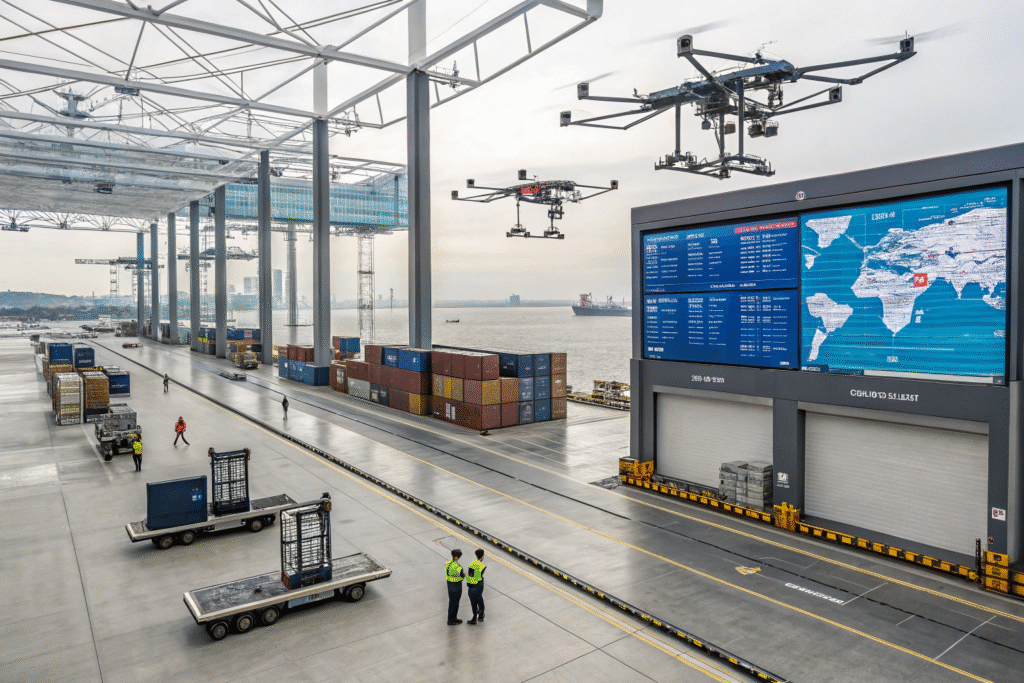
Will AI completely replace freight agents?
Not likely. While AI can process huge volumes of shipping data, human agents still play a role in negotiation, exception handling, and customer service. Technology enhances our skills—it doesn’t replace them.
How can small importers stay ahead?
By working with a tech-driven forwarder like us, small companies gain access to enterprise-level logistics solutions. You don’t need to build your own platform. You just need a partner who already did.
Conclusion
Digital transformation in freight forwarding isn’t a trend—it’s a necessity. As a freight forwarder with years of experience in U.S.-bound cargo, I’ve seen how technology cuts costs, boosts transparency, and keeps shipments moving. Small businesses especially benefit by accessing tools they otherwise couldn’t afford.
If you're shipping from China and want full visibility, stable rates, and smart routing, now is the time to go digital. At GeeseCargo, we’re not just forwarding boxes—we’re forwarding your business into the future.
